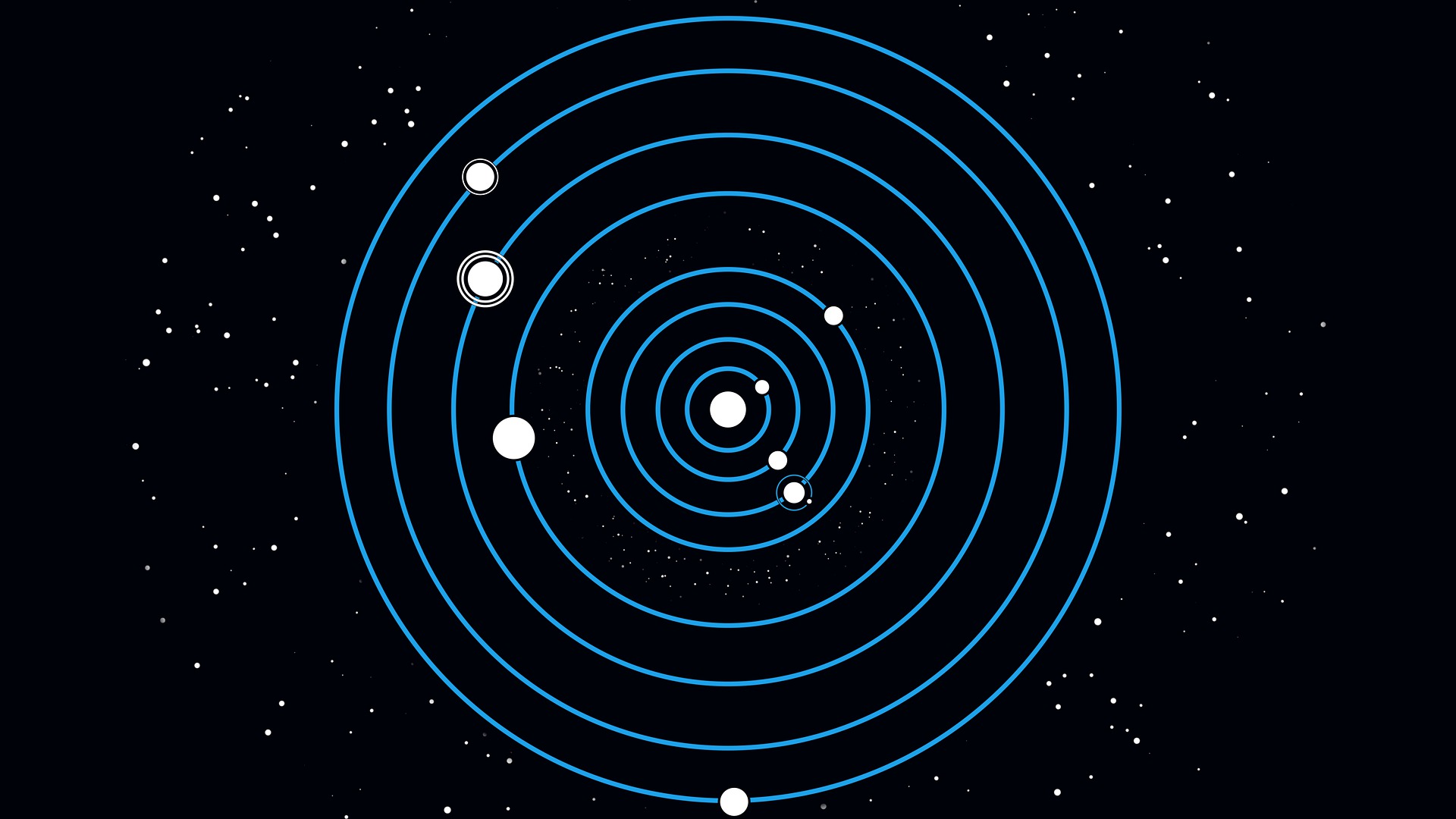Astronomers found six planets that orbiting their star in synchronized orbit. Just like they are gravitationally lock to each other. That could help to reveal formation and evolution of our Solar System.
All six planets revolving around the star name HD110067. This star is almost 100 light years away from the Earth. Present in the constellation Coma Berenices. All six planets are called Sub-Neptunes, because all these planets are 2-3 times the diameter of Earth and less than Neptune size.
Six planets are orbiting the star HD110067 in special way known as Orbital Resonance, moving in rhythm. Actually this star HD110067 discovered in 2020 by NASA’s Transiting Exoplanet Survey Satellite (TESS). That time they saw, fluctuant in star’s brightness and confirmed some planets that orbiting the star. But now it’s confirmed that those were six planets revolving the star.
Read More: NASA Shares Picture of Hidden Galaxy, Location 11 Million Light Years Away!!
There are multi planetary systems in our Milky Way Galaxy those are bound by strong gravitational formation, known as “Resonance”. In this situation, the planet closest to the star makes three orbits for every two of the next planet out called a 3/2 resonance – a pattern that is repeated among the four closest planets.
Among the outermost planets, a pattern of four orbits for every three of the next planet out (a 4/3 resonance) is repeated twice. All these multi planet systems are helpful to astronomers because they give information about planetary system formation and evolution.

This animation shows six “sub-Neptune” exoplanets in rhythmic orbits around their star – with a musical tone as each planet passes a line drawn through the system. The line is where the planets cross in front of (transit) their star from Earth’s perspective. In these rhythms, known as “resonance,” the innermost planet makes three orbits for every two of the next planet out. Among the outermost planets, a pattern of four orbits for every three of the next planet out is repeated twice.
Animation credit: Dr. Hugh Osborn, University of Bern
But one drawback of this orbital resonance system, too close stars can easily disturbs this system. By giving example, when one big asteroid or passing of giant star destroy the planetary system which ones in orbital resonance. There are many planetary systems that are not in orbital resonance, but look like they are ones in orbital resonance.
Fun Fact of Discovery
The first hints of it came from NASA’s TESS (the Transiting Exoplanet Survey Satellite), which tracks the tiny eclipses – the “transits” – that planets make as they cross the faces of their stars. Combining the TESS measurements, made in separate observations two years apart, revealed an assortment of transits for the host star, called HD 110067. But it was difficult to distinguish how many planets they represented, or to pin down their orbits.
FAQs
What is Orbital Resonance?
Orbital Resonance is a gravitational phenomenon where planets sync their orbits through gravitational interactions.
Can Orbital Resonance occurs with Planets of different sizes?
Yes, orbital resonance occurs with planets of different sizes, showing versality of astronomical phenomenon.
